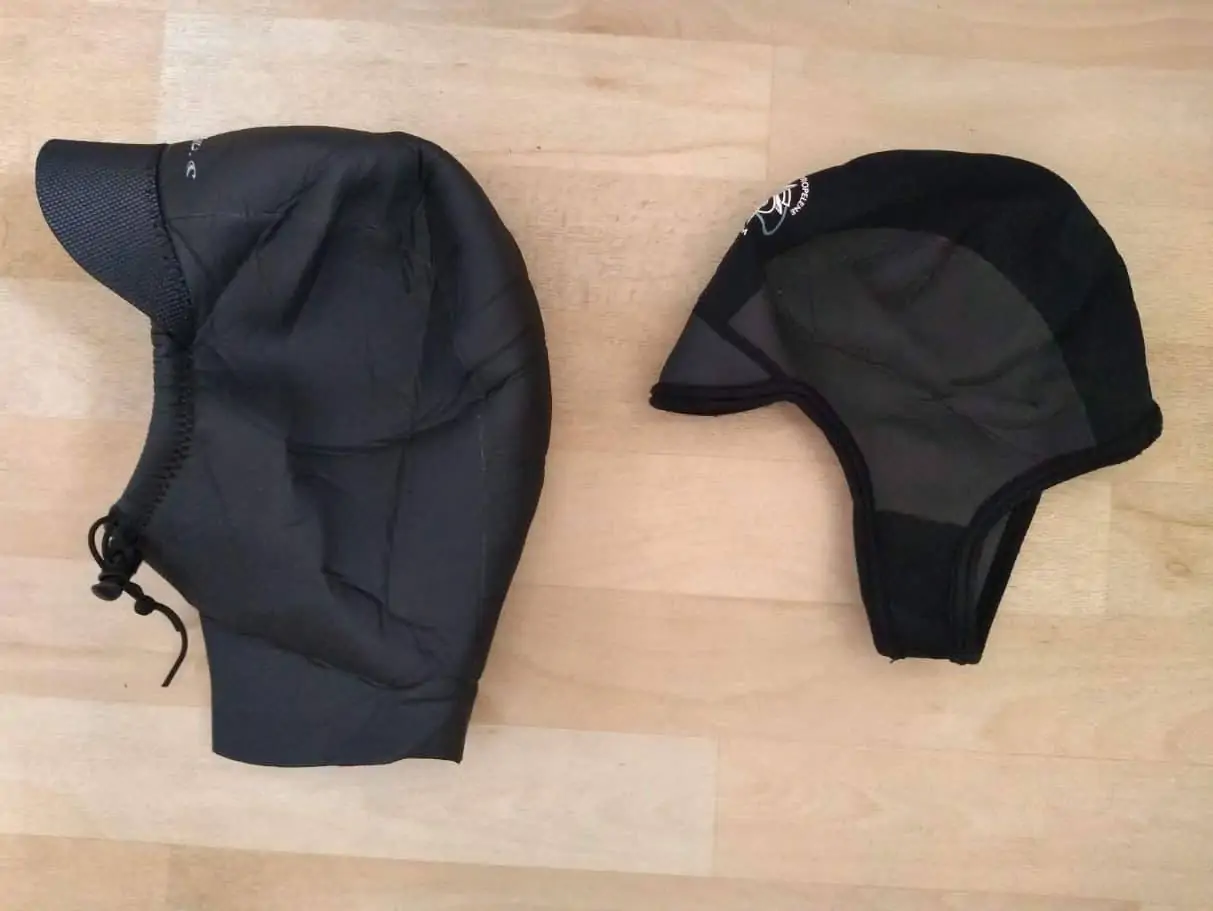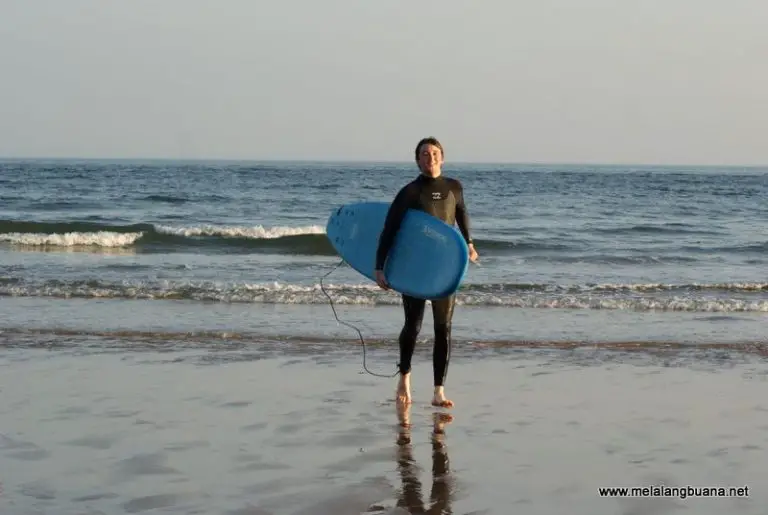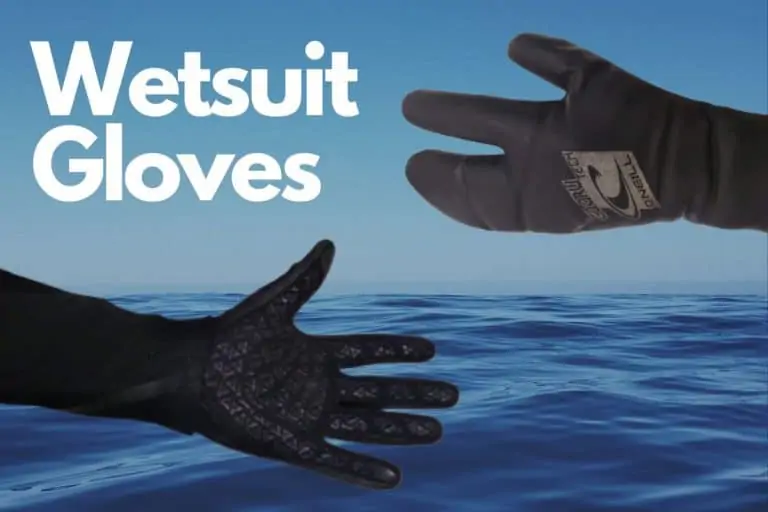6 Tips for Surfing with a Hood
If coming from a warmer climate, trying to surf with a hood for the first time can really throw you off your game.
It can be disorienting and downright hard work to have a good surf while wearing a hood if you are not used to it.
So, to help you hit the cold waves without missing a beat (or a set!), here are my 6 tips for surfing with a hood, as a cold-water surfer with over 15 winters of icy surfing in the frigid waters of Northern Europe to my name.
Let’s get to it!
Twist Your Head
This one took me years to figure out and, in fact, was only one I got from my brother a few years back, who himself has spent many thousands of hours surfing with a hood in cold water.
The trick to this technique when surfing with a hood is to twist your head to one side just before you duckdive.
This helps in two ways:
- Less of an intense burst of cold water on your face (!)
- Less water gets in
By turning to one side, you are not looking directly at the oncoming rush of cold water from a broken wave, albeit underwater when duck diving.
This means that it does not shock you quite as much (although a little shock is unavoidable!). You will feel the benefit of this when you come up after your duck dive and feel
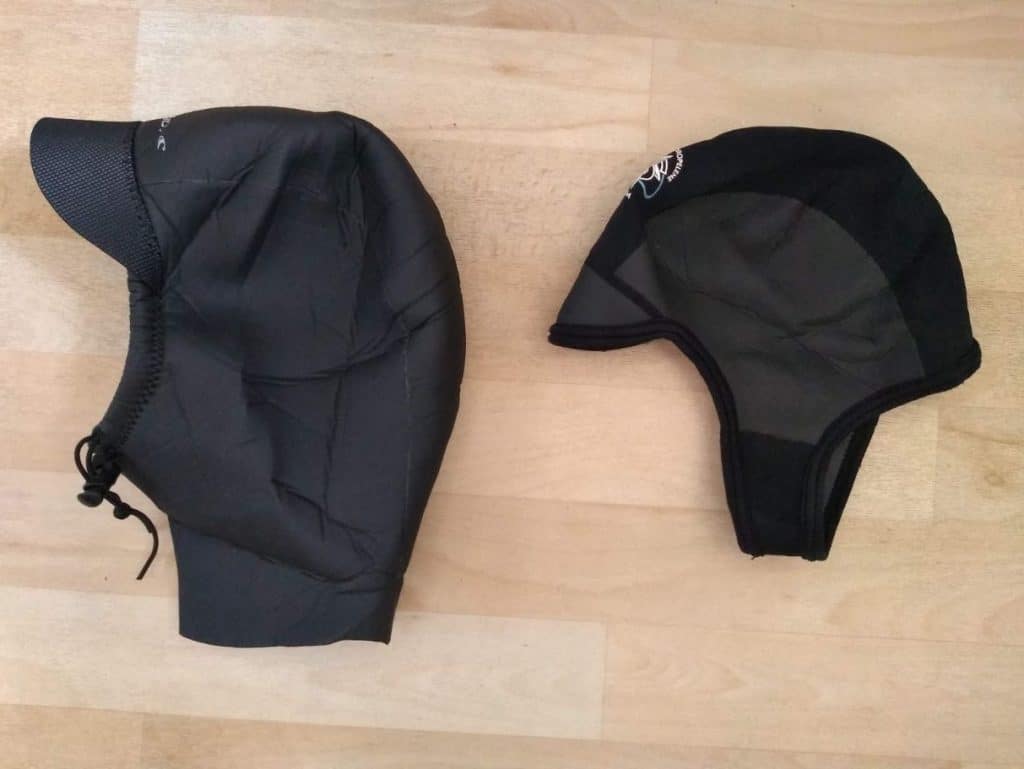
If the hood is taught from you twisting your head, this then means that the water flows past with less cold water getting into your hood.
In turn, there is then less chance of you getting an ice-cold flushing sensation of water running down through the inside of your wetsuit (even worse than it sounds!).
Use a Connected Vest
This is a tip that you won’t see anywhere else because it is something that only surfers with years of experience in cold water will tell you and it keeps you warmer when out in the icy water.
By this, I mean to get yourself a thermal wetsuit vest with connected hood.
This O’Neill Thermo X vest with hood (men’s) on Amazon is a perfect example as it is great quality, being from O’Neill, the brand of wetsuit I use and recommend, and is perfectly designed for cold-water surfing.
This works in that not only you get a hood and thermal vest in one, keeping you extra warm, but also because the connection between the hood and the vest make for less water getting down the neck of your wetsuit.
If you think about it, a normal hood is only tucked into your wetsuit, if at all, as other designs leave some of the skin on your neck exposed to the icy elements.
As has happened to me countless times, a standard hood can come untucked on a heavy duck dive and then leave you feeling exposed and getting really cold (and is really hard to put back when wearing thick wetsuit gloves!).
Not with a hooded thermal vest; the single garment means that it cannot physically come untucked and will always keep your neck protected, no matter how heavy the duck dive.
You may also be thinking that only having a vest means less warmth in the arms, but in fact the loss of warmth is minimal since you need thicker coverage around your chest to stay warm.
On the flip side, the extra mobility you get from wearing only a thermal vest, compared to a full top with long sleeves, is a huge bonus.
I say this as someone who’s worn thermal tops with sleeves for years but, once I tried out a vest, I wondered what I’d been doing all those years – the difference was that striking!
Buying the hooded vest combo also means saving a few bucks as the combined price is a little cheaper than buying them as two separate items, just be sure to follow the sizing guide and get the right one for you.
On top of this, if your hood is connected to the vest under your wetsuit, it also means that less cold water has contact with your body when duck diving, so less of an intense shock to the system and a warmer feeling than if surfing with just a standard hood.
Skip the Ear Plugs
Cold water surfing can cause problems for your ears, especially if you do it often, so you may already have a pair of ear plugs.
However, as someone who both has surfer’s ear and wears ear plugs all the time, I can tell you that you don’t need to wear them under your hood when surfing.
This is because, although some water will get into your hood, it is a small amount and is not a major problem.
Provided you have a good wetsuit hood, the water will then drain out of quickly, leaving your ears with much less contact with cold water than if just duck diving without.
In fact, from speaking to a hearing specialist about my ear, he told me that surfer’s ear was effectively your body’s response to the shock of cold water rushing into your ear, and so your body, over time, tries to adapt and defend against this potentially damaging amount of cold water.
However, without this intense flooding of water into your ear, as your ear is protected under a hood, you will not need ear plugs in the same way when surfing.
To add to this, I have also found that ear plugs are actually quite painful if worn under a hood when surfing.
For me, this has actually caused a bruising sensation in my ears from wearing ear plugs under my hood, in part because the tight hood presses them into your ears constantly.
Peaks for the Win
A wetsuit hood with a peak is a great little hack for extra comfort and warmth in the surf.
This is because the peak on the hood means that water runs off the side of the hood, rather than straight down your face!
This might sound like a small difference but, when surfing in icy waters, having that little bit less cold water exposure each time you come up from a duck dive can be a huge bonus when it comes to spending hours in the surf.
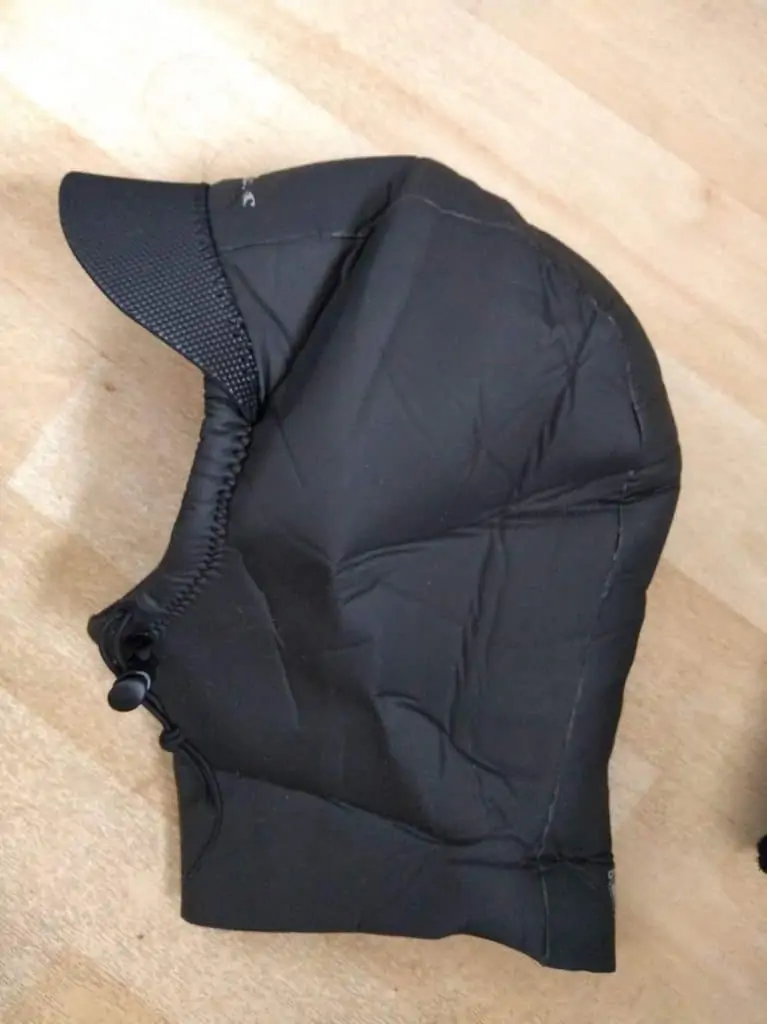
The peak on a hood makes no difference elsewhere, so there is no downside, only an upside! The only slight difference might be in the price, but this is negligible and again well worth the extra couple of dollars for warmth these kinds of hoods provide.
Keep a Spare
Because surfing wetsuit hoods are pretty cheap in terms of surf gear, you should try to get yourself a spare.
This helps massively because, if surfing often in cold water, you can always have a dry one to hand and ready to go.
Since getting in the surf with a dry hood can give you a boost and help you to hit the sea with a slightly higher body temperature, this can also make a difference for your session, potentially keeping you out there that bit longer.
Get it Tight, Just Right
A wetsuit hood, just like any other wetsuit accessory, needs to fit just right for it to function properly and keep you warm.
You don’t want a hood that is too tight, or one that is painful. If you notice any kind of pain or discomfort when trying on your wetsuit hood, then that is a red flag that it is not the right size/fit for you.
This is also the reason why, just like when buying your first wetsuit, I recommend buying a wetsuit hood in person from a physical store.
This is because you can try it on there and then, get an instant idea of whether it is right for you and save time returning hoods that just don’t fit.
The people in the store can also advise you on whether they think it’s a good fit, which is massively helpful, too.
It also goes a long way to helping your local surf store owners and keeping them in business, which is always a welcome thing and great for the local surf community.
Bonus tip: if you are having difficulty finding a hood that fits, try a slightly bigger hood with a drawer string as this can make up for any looseness in the fit when you first put it on.
Related Questions
Can you wear a hooded wetsuit without the hood? Yes, you can, but it will drag a little and can also fill up a little with water. I say a little because it won’t be like a bucket but it will be noticeable. That said, many people surf all the time without the hood without issue.
How tight should a wetsuit hood be? Tight enough that it feels like it won’t let in lots of water but not so tight that it is painful at all around any of the seams, especially not the neck. You will know this when trying one on, hence it’s always best to buy these in a store, not online.
Hooded wetsuit or separate hood? If surfing in extra cold water where you will use the hood more than ⅔ of the time, a hooded wetsuit is best. If you won’t use it that often, go for a separate hood, with tips elsewhere in this article on the best type to get.
